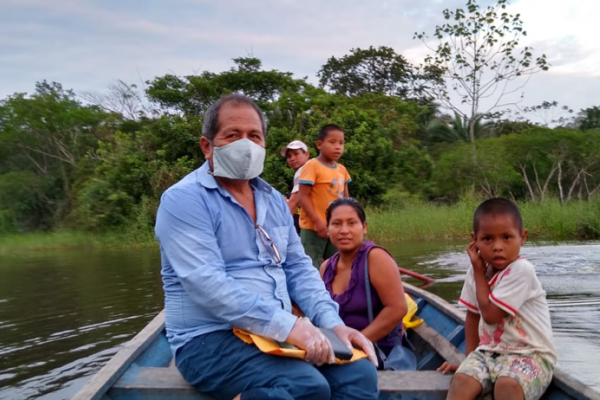Jun 3, 2020
At the end of May, the Amazon basin region had almost 134,000 confirmed cases and 6,883 reported COVID-19 deaths according to a Catholic Church aggregation of published official government data from the region. There were nearly 115,000 cases in the Brazilian Amazon basin alone.
Read the Full Article

Already a subscriber? Login
